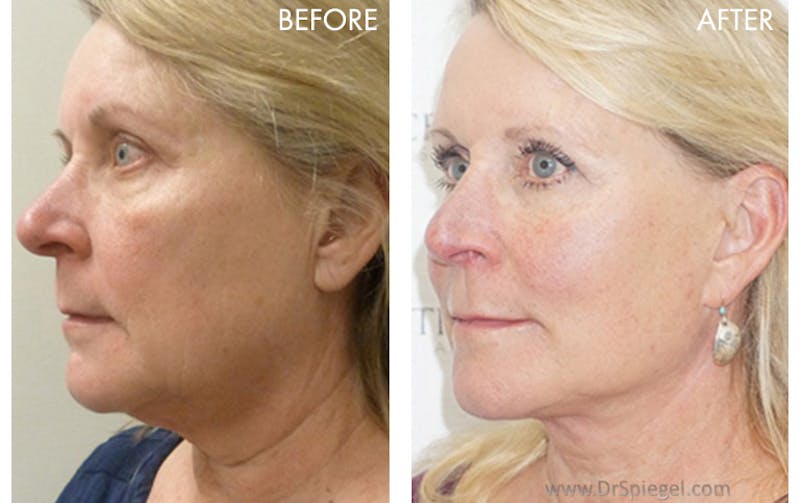
Plastic surgery is done in three dimensions. The length, width, and height of body parts can be adjusted to give them the shape we want. Pictures are in two dimensions, of course, and the depth and perspective of really seeing someone in “3D” is not fully replicated with photographs. But, there is a fourth dimension and it is very important to our work. The fourth dimension is time. It’s important that we understand the role of time in our work.
Think about a facelift. When is a facelift finished? The surgery takes me about 2 1/2 or 3 hours, but afterwards the person certainly doesn’t look great. Patients have stitches, bruising, and swelling. The stitches come out a week later but the bruising and swelling can persist for 2-3 more weeks. Then, the patient keep getting better looking for the next 3-4 months as things settle into place.
However, after that, it starts looking worse! Now, it doesn’t look bad, of course, and the person will look better than where they started for years to come. However, aging continues and often as the swelling goes down, fine lines and wrinkles return or become more bothersome than they were when large areas of sagging were present.
This is why maintenance is so important. A facelift patient needs skin creams, IPL, fillers, and botulinum treatments to keep looking good. Surgery moves three dimensions, but the fourth dimension (time) doesn’t stop.





